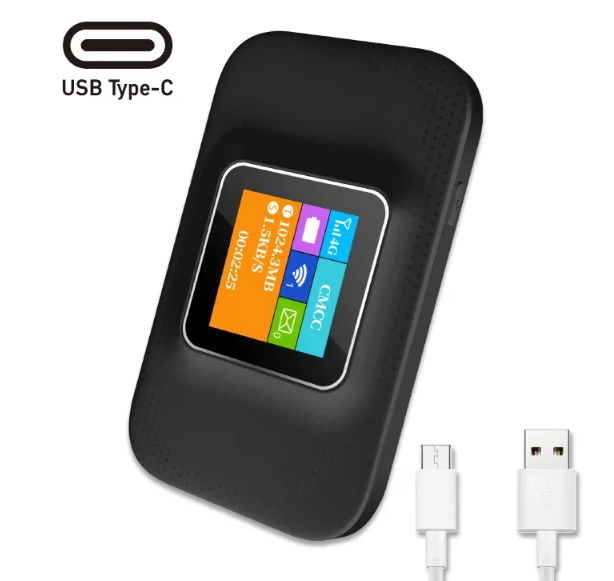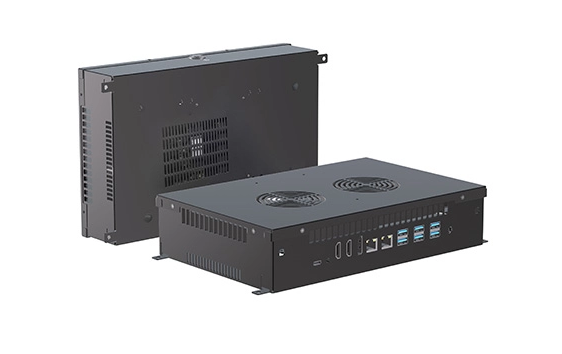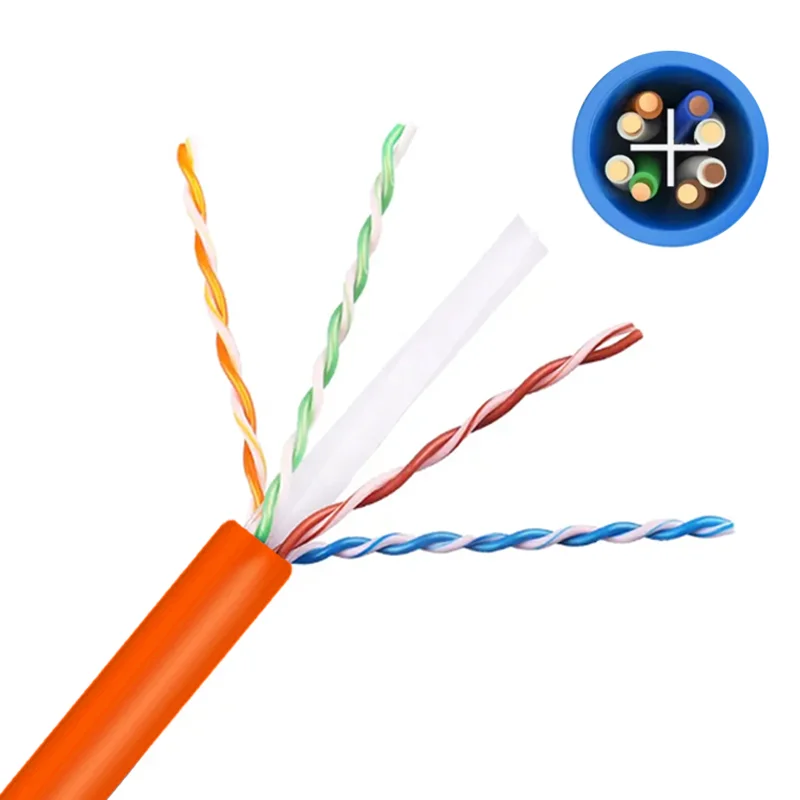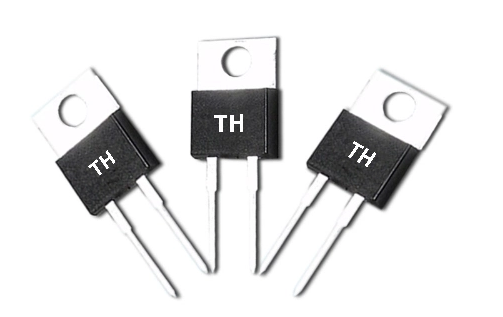Mastering the Art of Electronic Device Testing: A Comprehensive Guide for Professionals
In an era where electronic devices are ubiquitous, ensuring their reliability and performance is paramount. Whether you are a manufacturer, a quality assurance engineer, or a hobbyist, understanding how to effectively test electronic devices is crucial. This article delves into the methodologies, tools, and best practices for testing electronic devices, providing a structured approach that can be applied across various industries.
Understanding the Importance of Testing
Before diving into the specifics of testing methodologies, it is essential to grasp why testing is critical. Electronic devices are often subjected to rigorous conditions, including temperature fluctuations, humidity, and mechanical stress. Testing not only helps in identifying defects but also ensures compliance with industry standards, enhances user safety, and improves overall product quality.
Types of Testing for Electronic Devices
- Functional Testing
- Definition: This type of testing verifies that the device operates according to its specifications.
- Methods: It can be performed through manual testing or automated test scripts. Tools such as LabVIEW or Python-based frameworks can be employed to simulate user interactions and assess functionality.
- Performance Testing
- Definition: Performance testing evaluates how the device behaves under various conditions, including load and stress.
- Methods: Load testing tools like JMeter or LoadRunner can simulate multiple users or processes to determine the device's response time and stability.
- Environmental Testing
- Definition: This testing assesses how well a device can withstand environmental factors such as temperature, humidity, and vibration.
- Methods: Environmental chambers can be used to expose devices to extreme conditions, while vibration tables can simulate transportation and handling stresses.
- Safety Testing
- Definition: Safety testing ensures that the device does not pose any hazards to users.
- Methods: This includes electrical safety tests (e.g., insulation resistance, dielectric strength) and compliance with standards such as IEC 60950 or UL 60950.
- Compliance Testing
- Definition: Compliance testing verifies that the device meets regulatory standards set by governing bodies.
- Methods: This involves testing for electromagnetic compatibility (EMC), radio frequency interference (RFI), and other industry-specific regulations.
Tools and Equipment for Testing
To conduct thorough testing, a variety of tools and equipment are necessary:
- Multimeters: Essential for measuring voltage, current, and resistance.
- Oscilloscopes: Used for visualizing electrical signals and diagnosing issues in circuit behavior.
- Spectrum Analyzers: Important for assessing the frequency spectrum of signals, particularly in RF applications.
- Automated Test Equipment (ATE): These systems can perform a series of tests automatically, increasing efficiency and accuracy.
Best Practices for Effective Testing
- Develop a Testing Plan
- Outline the objectives, scope, and methodologies for testing. A well-structured plan helps in maintaining focus and ensuring comprehensive coverage.
- Use a Test Case Management System
- Implement a system to document test cases, results, and defects. This facilitates better tracking and communication among team members.
- Incorporate Continuous Testing
- In agile environments, continuous testing is vital. Integrate testing into the development cycle to catch defects early and reduce time to market.
- Perform Root Cause Analysis
- When defects are identified, conduct a root cause analysis to understand the underlying issues. This not only helps in fixing the current problem but also prevents future occurrences.
- Stay Updated with Industry Standards
- Regularly review and update testing protocols to align with the latest industry standards and technological advancements.
Conclusion
Testing electronic devices is a multifaceted process that requires a blend of technical knowledge, strategic planning, and the right tools. By understanding the various types of testing and adhering to best practices, professionals can ensure that their devices meet the highest standards of quality and reliability. As technology continues to evolve, staying informed and adaptable will be key to mastering the art of electronic device testing.






